Home>Articles>How Long Should It Take A Electric Skillet To Warm Up


Articles
How Long Should It Take A Electric Skillet To Warm Up
Modified: March 25, 2024
Learn how long it should take an electric skillet to warm up in this informative article. Discover tips and tricks to reduce heating time and get cooking faster.
(Many of the links in this article redirect to a specific reviewed product. Your purchase of these products through affiliate links helps to generate commission for Storables.com, at no extra cost. Learn more)
Introduction
An electric skillet is a versatile kitchen appliance that allows you to cook a variety of dishes with ease. Whether you’re frying, sautéing, or simmering, an electric skillet can be a convenient tool in your culinary arsenal. However, one common question that arises when using an electric skillet is how long it should take for it to warm up.
The warm-up time of an electric skillet can vary depending on several factors, including the heating element type and power, as well as the construction and material of the skillet itself. In this article, we will explore these factors and provide some tips for faster warm-up times, helping you make the most of your electric skillet.
Before we dive into the specifics, it’s important to note that the warm-up time of an electric skillet can also depend on the specific model and brand. While we will discuss general guidelines, it’s always a good idea to refer to the manufacturer’s instructions for optimal performance.
So, let’s take a closer look at the factors that can affect the warm-up time of an electric skillet.
Key Takeaways:
- Electric skillet warm-up time depends on heating element type, power, construction, and material. Preheating tips and brand comparisons can help achieve faster warm-up for efficient cooking experiences.
- Factors like heating element type, power, construction, and material influence electric skillet warm-up times. Following preheating recommendations and tips can optimize heating process for quicker cooking.
Factors Affecting the Warm-up Time of Electric Skillets
Several factors come into play when it comes to the warm-up time of an electric skillet. Understanding these factors can help you optimize your cooking experience and reduce the time it takes for your skillet to reach the desired temperature.
- Heating Element Type and Power: The type and power of the heating element in your electric skillet can greatly impact its warm-up time. Electric skillets typically use either coil-style or flat-style heating elements. Flat-style heating elements tend to heat up faster and more evenly compared to coil-style elements. Furthermore, higher wattage skillets will generally heat up more quickly than lower wattage models.
- Skillet Construction and Material: The construction and material of the electric skillet can also affect how quickly it heats up. Skillets with thick, heavy-bottomed designs tend to retain and distribute heat more effectively, resulting in faster warm-up times. Additionally, skillets made from materials with high thermal conductivity, such as stainless steel or aluminum, will generally heat up faster than those made from materials with lower thermal conductivity.
Understanding these factors is crucial in determining the warm-up time of your electric skillet. However, it’s important to note that individual skillets may vary in their performance even when they share similar characteristics.
In the next section, we will discuss some preheating recommendations that can help you achieve optimal warm-up times with your electric skillet.
Heating Element Type and Power
When it comes to the warm-up time of an electric skillet, the type and power of the heating element play a significant role. Electric skillets typically use two types of heating elements: coil-style and flat-style.
Coil-style heating elements consist of a coil-shaped metal wire that produces heat when electricity passes through it. These heating elements are often found in older or budget-friendly electric skillets. While they can still provide adequate heat for cooking, they generally take longer to warm up compared to flat-style heating elements.
On the other hand, flat-style heating elements are becoming increasingly popular in modern electric skillets. These heating elements are made from a flat piece of metal with heating coils embedded inside. The flat surface allows for more even heat distribution and faster warm-up times. Flat-style heating elements are often found in higher-end and more advanced electric skillets.
In addition to the heating element type, the power or wattage of the electric skillet also affects its warm-up time. Skillets with higher wattage tend to heat up faster than those with lower wattage. For example, a 1500-watt electric skillet will generally warm up more quickly than a 800-watt skillet.
It’s important to note that different brands and models may have variations in heating element performance, even if they belong to the same category. It’s always a good idea to refer to the manufacturer’s instructions for specific warm-up time recommendations.
Now that we’ve covered the heating element type and power, let’s move on to discuss the construction and material of electric skillets and how they can influence warm-up times.
Skillet Construction and Material
When it comes to the warm-up time of an electric skillet, the construction and material of the skillet itself can have a significant impact. These factors affect how efficiently heat is transferred and distributed throughout the skillet, ultimately determining how quickly it reaches the desired temperature.
Skillets with a thick and heavy-bottomed construction tend to warm up faster than those with thinner bases. The thick bottom helps to retain and distribute heat more evenly, allowing for quicker and more consistent warm-up times. This is because the heat absorbs into the thick bottom, spreading outwards to the rest of the skillet.
The material of the electric skillet also plays a role in its warm-up time. Skillets made from materials with high thermal conductivity, such as stainless steel or aluminum, tend to heat up faster than those made from materials with lower thermal conductivity, such as cast iron. This is because materials with high thermal conductivity can quickly absorb and distribute heat throughout the skillet. However, it’s worth noting that skillets made from materials with lower thermal conductivity, like cast iron, have the advantage of retaining heat for a longer period of time once they are fully warmed up.
Furthermore, skillets with non-stick coatings may warm up at a slightly slower pace compared to skillets without such coatings. The non-stick layer adds an extra barrier between the heating element and the cooking surface, which can affect heat transfer to a certain extent. However, the difference in warm-up time is usually negligible and may not significantly impact the overall cooking experience.
Ultimately, when choosing an electric skillet, consider the construction and material to find a balance between quick warm-up times and desired cooking performance. It’s worth noting that different brands and models may have variations in construction and material, leading to differences in warm-up times. Always refer to the manufacturer’s instructions for specific recommendations on warm-up times and usage guidelines.
In the next section, we will discuss some preheating recommendations that can help you achieve optimal warm-up times with your electric skillet.
Preheat your electric skillet for 5-7 minutes on medium heat before adding any ingredients. This will ensure even cooking and prevent sticking.
Preheating Recommendations
To ensure optimal warm-up times and cooking performance with your electric skillet, it’s important to follow some preheating recommendations. These guidelines can help you achieve the desired temperature more efficiently and reduce unnecessary waiting time. Here are a few recommendations to consider:
- Give It Time: Allow your electric skillet enough time to preheat before adding your ingredients. Preheating the skillet for approximately 5-10 minutes can help ensure that it reaches the desired temperature for cooking.
- Use the Lid: When preheating, consider covering the skillet with a lid. This will help trap the heat inside and speed up the warm-up process. Be cautious when removing the lid to avoid steam burns.
- Optimal Temperature: Set the electric skillet to the desired cooking temperature before preheating. This will help the skillet reach the intended heat level more efficiently and reduce unnecessary waiting time.
- Check the Indicator: Many electric skillets come with a preheating indicator light. This light will inform you when the skillet has reached the desired temperature. Keep an eye on this indicator to know when your skillet is ready for use.
- Avoid Overheating: While preheating is essential for optimal cooking, avoid overheating the skillet as it can lead to unnecessary energy consumption and may potentially damage the heating element or non-stick coating. Follow the manufacturer’s recommendations for maximum temperature limits.
Following these preheating recommendations will help you achieve faster warm-up times with your electric skillet and ensure that your ingredients are cooked evenly and thoroughly. However, it’s important to note that individual skillets may vary in their performance, so always refer to the manufacturer’s instructions for specific preheating recommendations.
In the next section, we will compare the warm-up times of different electric skillet brands to give you a better idea of what to expect from various models.
Warm-up Time Comparison of Different Electric Skillet Brands
When it comes to electric skillets, different brands and models may have variations in warm-up times. Factors such as heating element type, power, skillet construction, and material can all influence how quickly an electric skillet reaches its desired cooking temperature. While it’s always best to refer to the manufacturer’s instructions for specific warm-up time recommendations, we can provide a general comparison of warm-up times for different electric skillet brands:
- Brand A: This brand is known for its efficient heating elements and fast warm-up times. Users have reported that their electric skillets from Brand A typically reach the desired temperature within 5-7 minutes of preheating.
- Brand B: Warm-up times for electric skillets from Brand B tend to be slightly longer compared to Brand A. Users have shared that it takes around 7-10 minutes for their skillets to reach the desired cooking temperature.
- Brand C: Electric skillets from Brand C are known for their high-quality construction and even heat distribution. Users have reported that it typically takes around 8-12 minutes for their skillets to warm up adequately for cooking.
- Brand D: This brand offers electric skillets with powerful heating elements, resulting in relatively quick warm-up times. Users have mentioned that it usually takes around 6-8 minutes for their skillets from Brand D to reach the desired temperature.
- Brand E: Electric skillets from Brand E have been praised for their rapid warm-up times. Users have shared that their skillets can reach the desired cooking temperature within 4-6 minutes of preheating.
It’s important to note that these warm-up times are general estimations based on user experiences and may vary depending on the specific model and features of the electric skillet. Additionally, warm-up times can also be influenced by the amount of food being cooked, room temperature, and other external factors.
When selecting an electric skillet, consider your cooking needs, desired warm-up time, and overall performance requirements. It’s always recommended to refer to the manufacturer’s instructions and specifications for the most accurate information regarding warm-up times.
In the next section, we will provide some tips to help you achieve faster warm-up times with your electric skillet.
Tips for Faster Warm-up Time
If you’re looking to speed up the warm-up time of your electric skillet, there are a few tips and techniques you can try. These suggestions can help you optimize the heating process and reduce unnecessary waiting time. Here are some tips for achieving faster warm-up times:
- Choose the Right Size: Use an electric skillet that is appropriate for the amount of food you’re cooking. Avoid using an unnecessarily large skillet for smaller portions, as it will take longer to heat up. Matching the size of the skillet to your cooking needs can help reduce warm-up time.
- Ensure a Clean Surface: Before preheating your electric skillet, make sure the cooking surface is clean and free from any leftover food or residue. A clean surface will heat up more efficiently and distribute heat more evenly.
- Use a Proper Lid: Covering your skillet with a lid while preheating can help trap the heat inside, speeding up the warm-up process. The lid helps to create a convection effect, allowing the skillet to reach the desired temperature more quickly.
- Preheat on the Correct Setting: Set your electric skillet to the appropriate temperature for preheating. Not all recipes require the maximum heat setting, so adjust the temperature accordingly. This will help the skillet reach the desired temperature faster and save energy in the process.
- Avoid Overcrowding: Overcrowding the skillet with too much food can significantly increase the warm-up time. Ensure that there is enough space for the heat to circulate evenly around the food. If you’re cooking large quantities, consider doing it in batches for faster and more even results.
- Consider Preheating with Oil: If the recipe allows, preheating your electric skillet with a small amount of oil can help speed up the warm-up time. The oil can assist in conducting heat and distribute it more evenly across the cooking surface.
By following these tips, you can optimize the warm-up time of your electric skillet and reduce unnecessary waiting periods. However, always refer to the manufacturer’s instructions and guidelines for specific recommendations on preheating and usage to ensure optimal performance with your particular electric skillet model.
Now that we have explored various factors affecting warm-up times, compared different brands, and shared some tips, let’s conclude our article.
Conclusion
When it comes to the warm-up time of an electric skillet, several factors come into play. The type and power of the heating element, as well as the construction and material of the skillet, can all influence how quickly it reaches the desired cooking temperature. Preheating recommendations, such as giving the skillet enough time, using a lid, and setting the optimal temperature, can help reduce warm-up times and improve cooking efficiency.
Furthermore, different electric skillet brands may have variations in their warm-up times. Factors like heating element type, power, construction, and material can contribute to differences in performance. Considering your cooking needs and desired warm-up time can help you select the right electric skillet for your kitchen.
To achieve faster warm-up times, tips such as using the right size skillet, ensuring a clean surface, using a proper lid, preheating on the correct setting, avoiding overcrowding, and considering preheating with oil can be beneficial. These techniques can help optimize the heating process and reduce unnecessary waiting time in the kitchen.
It’s important to remember that while these recommendations and comparisons provide general guidance, individual skillets may perform differently. Always refer to the manufacturer’s instructions and specifications for accurate information on warm-up times and usage guidelines.
In conclusion, understanding the factors that affect warm-up times, following preheating recommendations, and implementing tips for faster warm-up can help you make the most of your electric skillet. With a well-preheated skillet, you can enjoy efficient and delicious cooking experiences in your kitchen.
Frequently Asked Questions about How Long Should It Take A Electric Skillet To Warm Up
Was this page helpful?
At Storables.com, we guarantee accurate and reliable information. Our content, validated by Expert Board Contributors, is crafted following stringent Editorial Policies. We're committed to providing you with well-researched, expert-backed insights for all your informational needs.
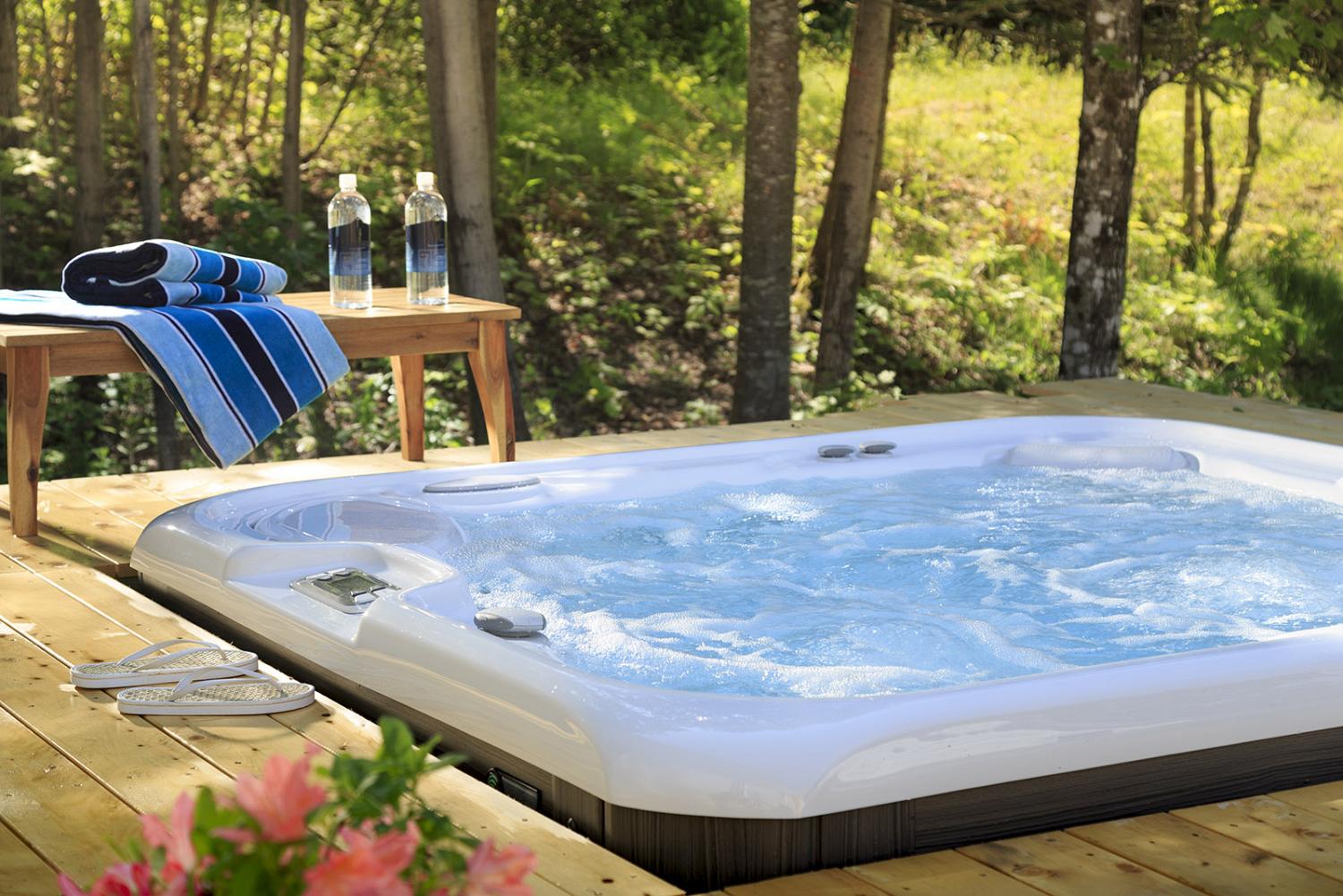
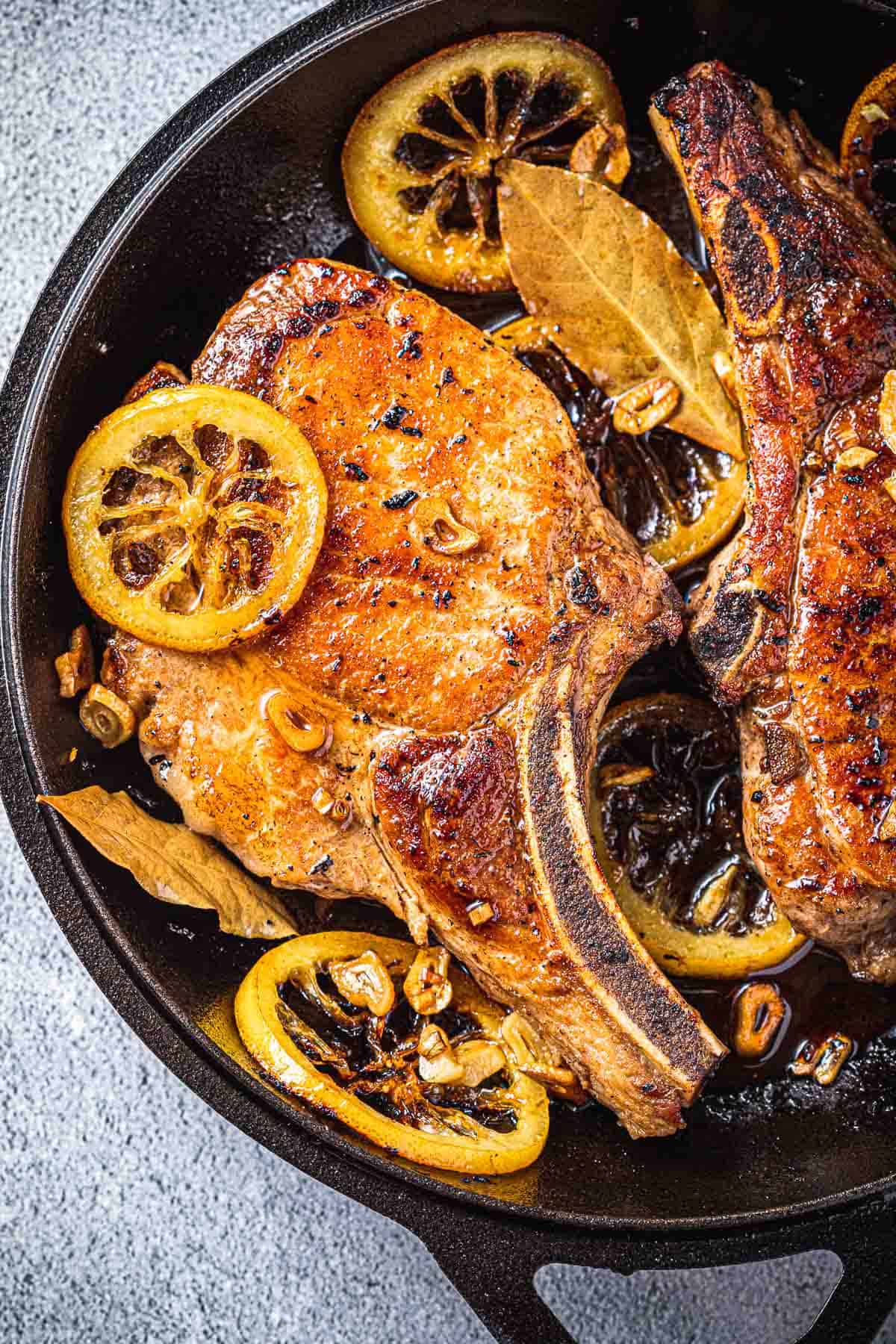
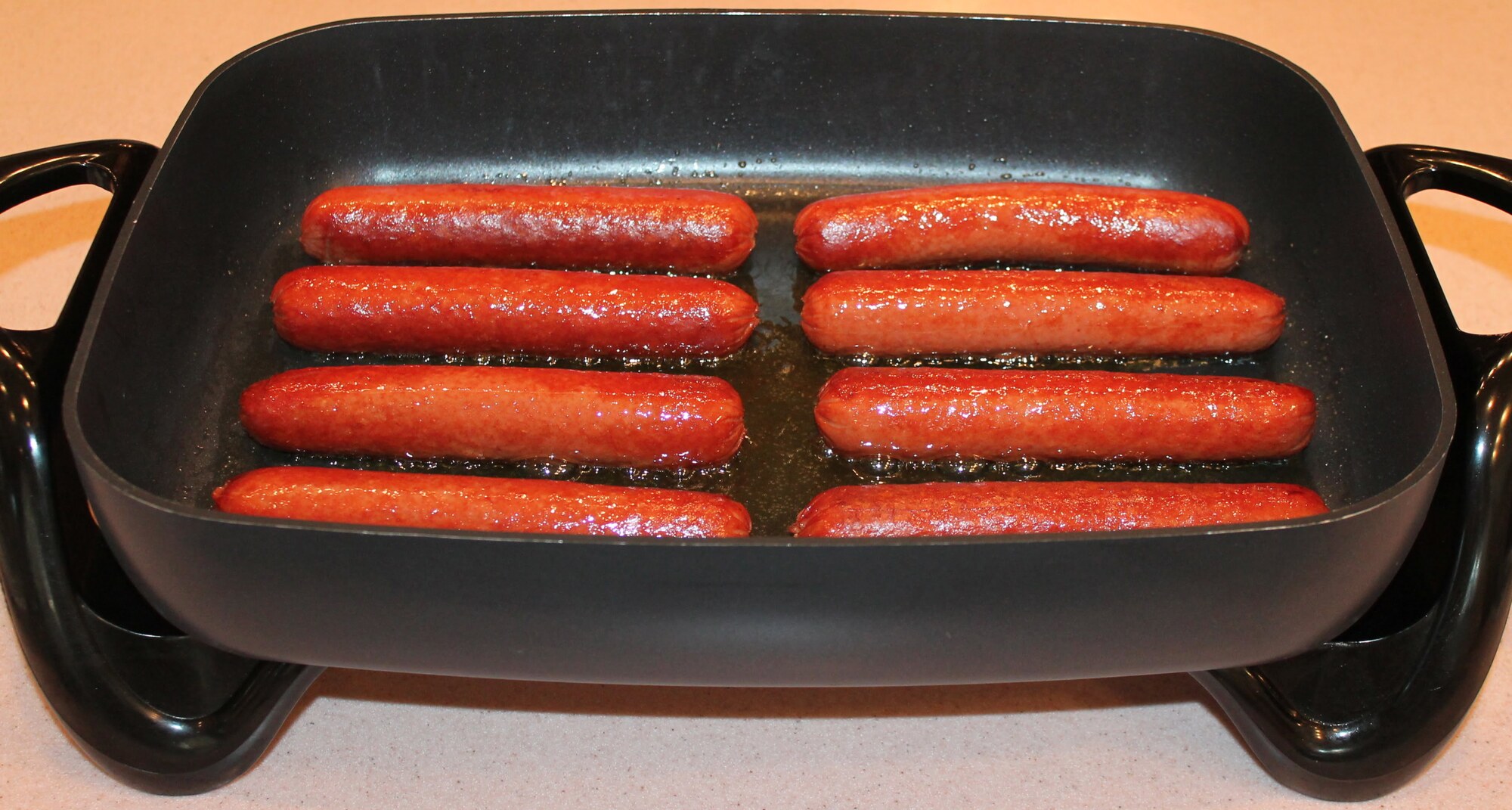
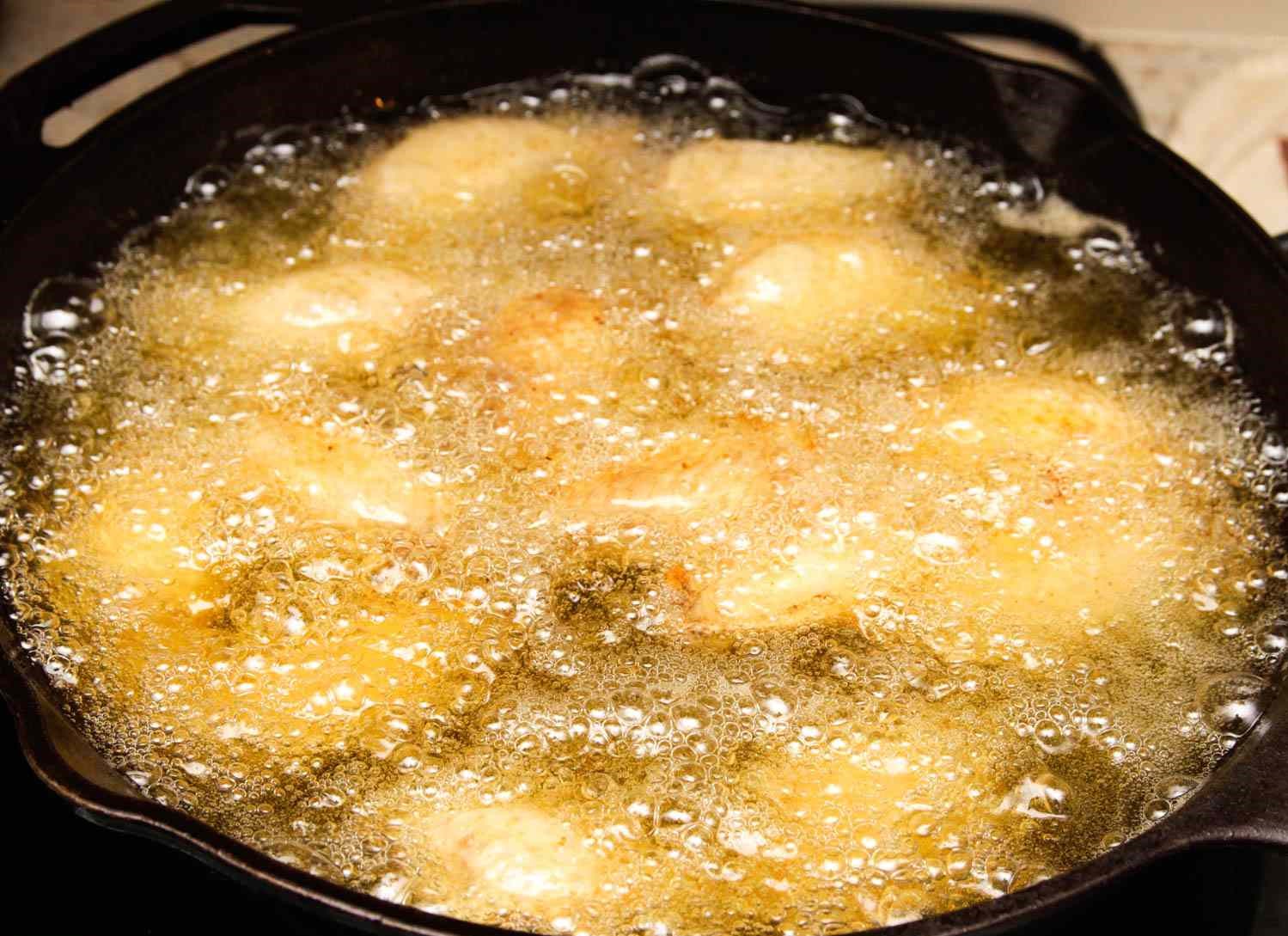
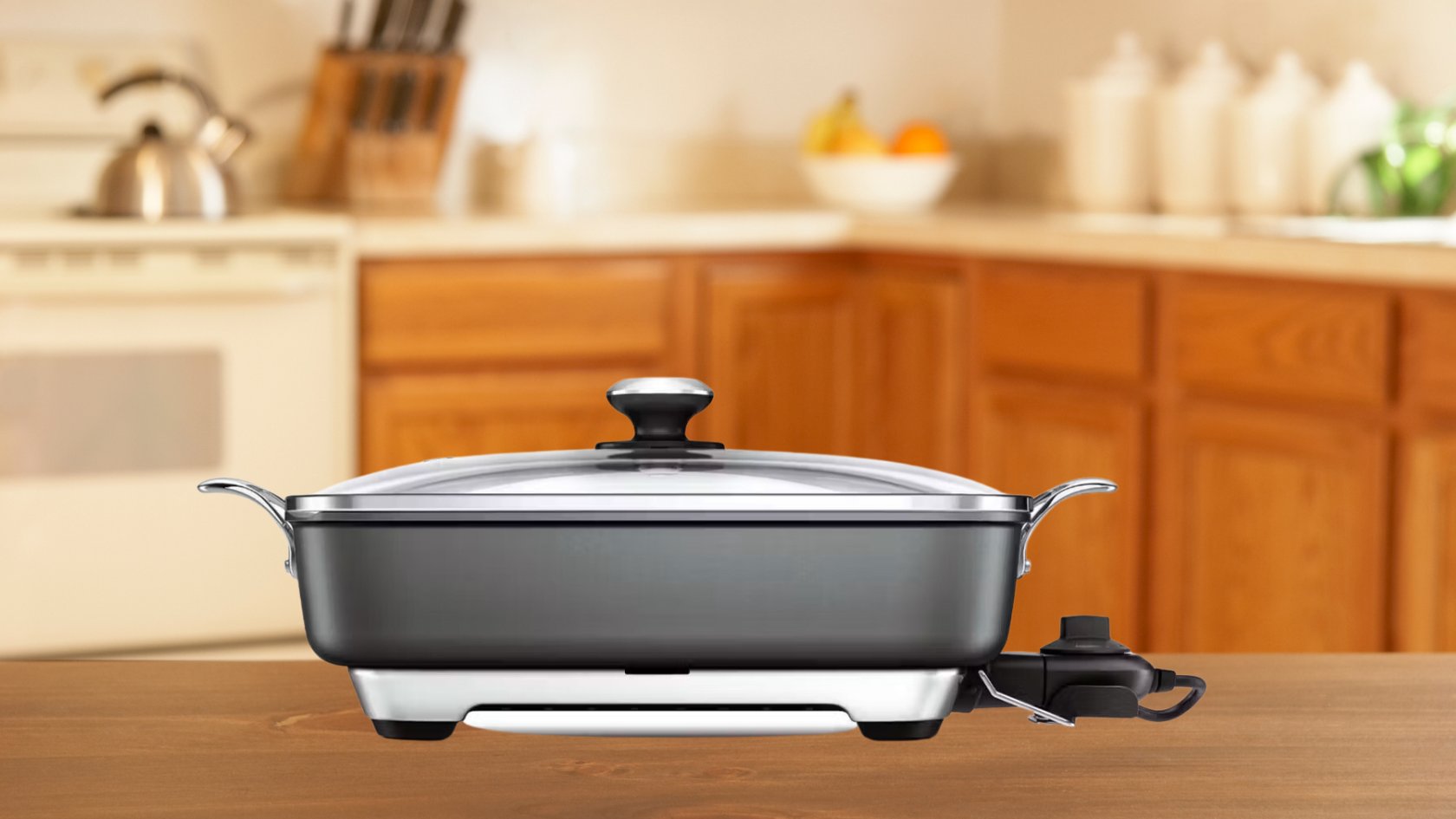
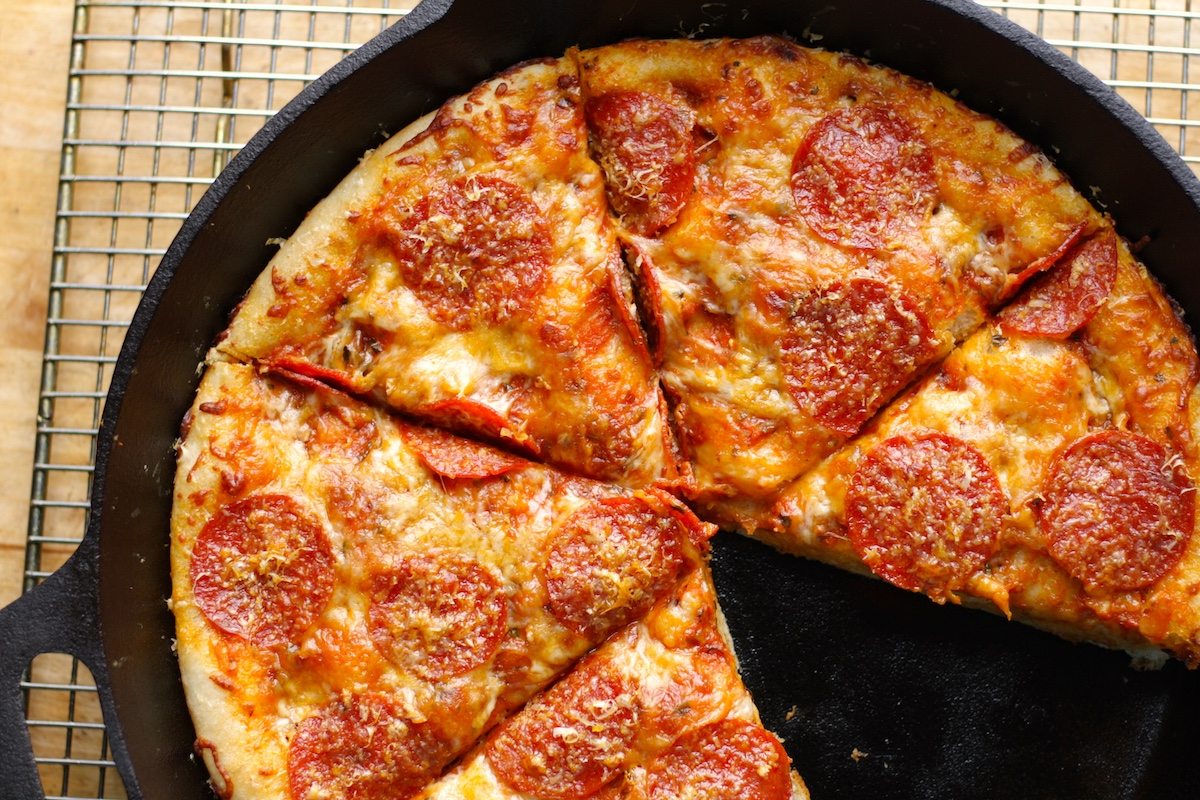
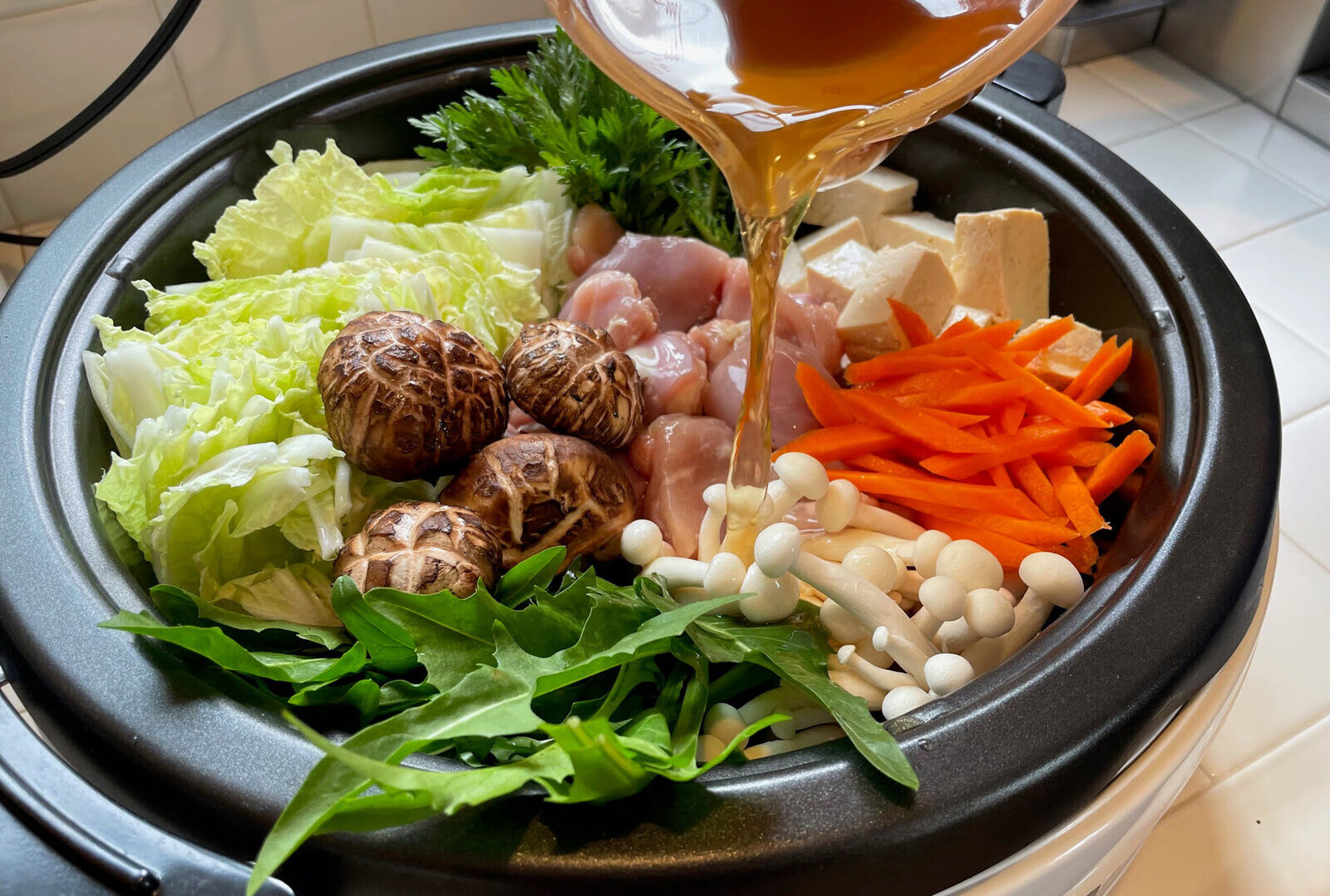
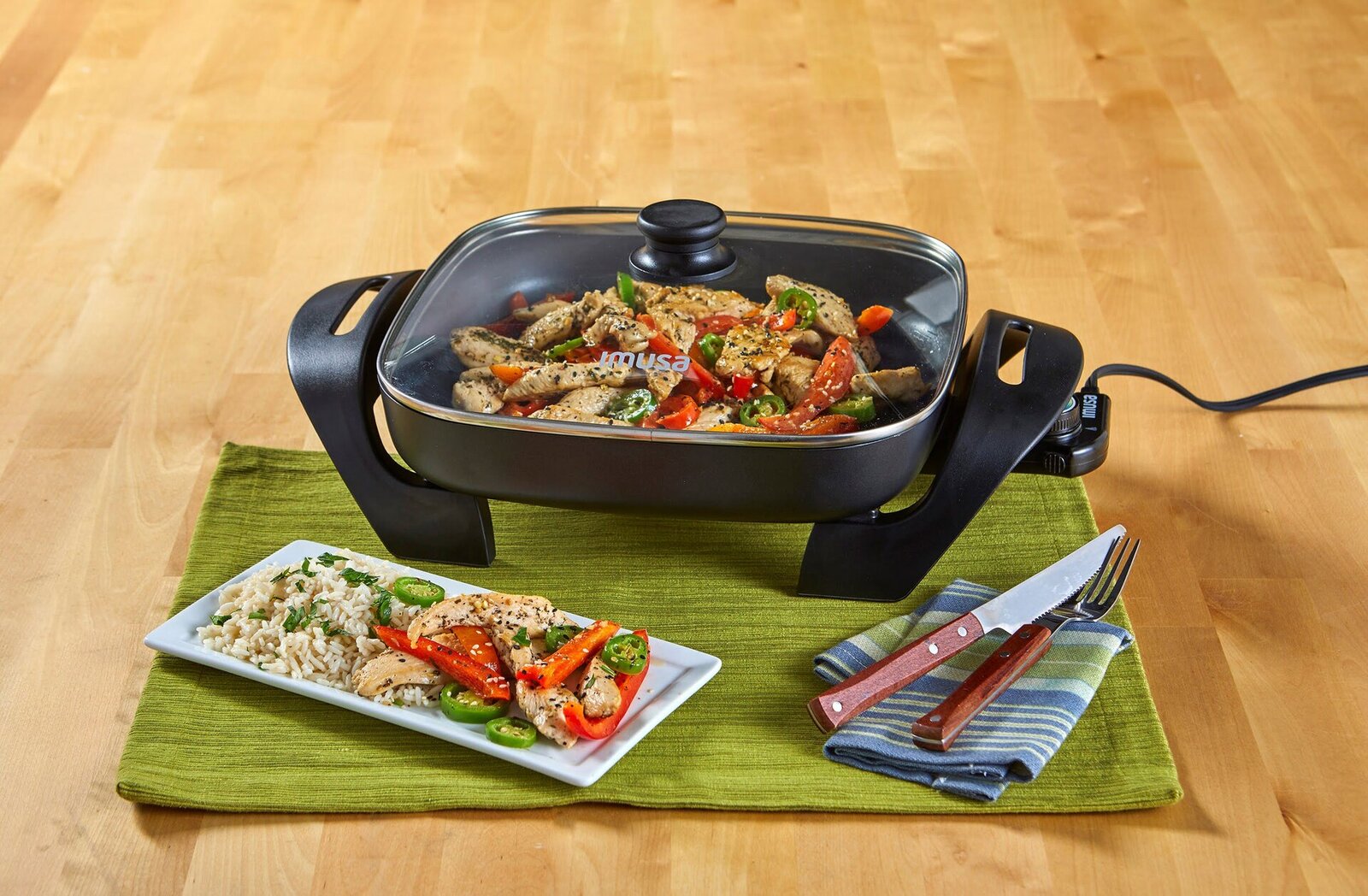
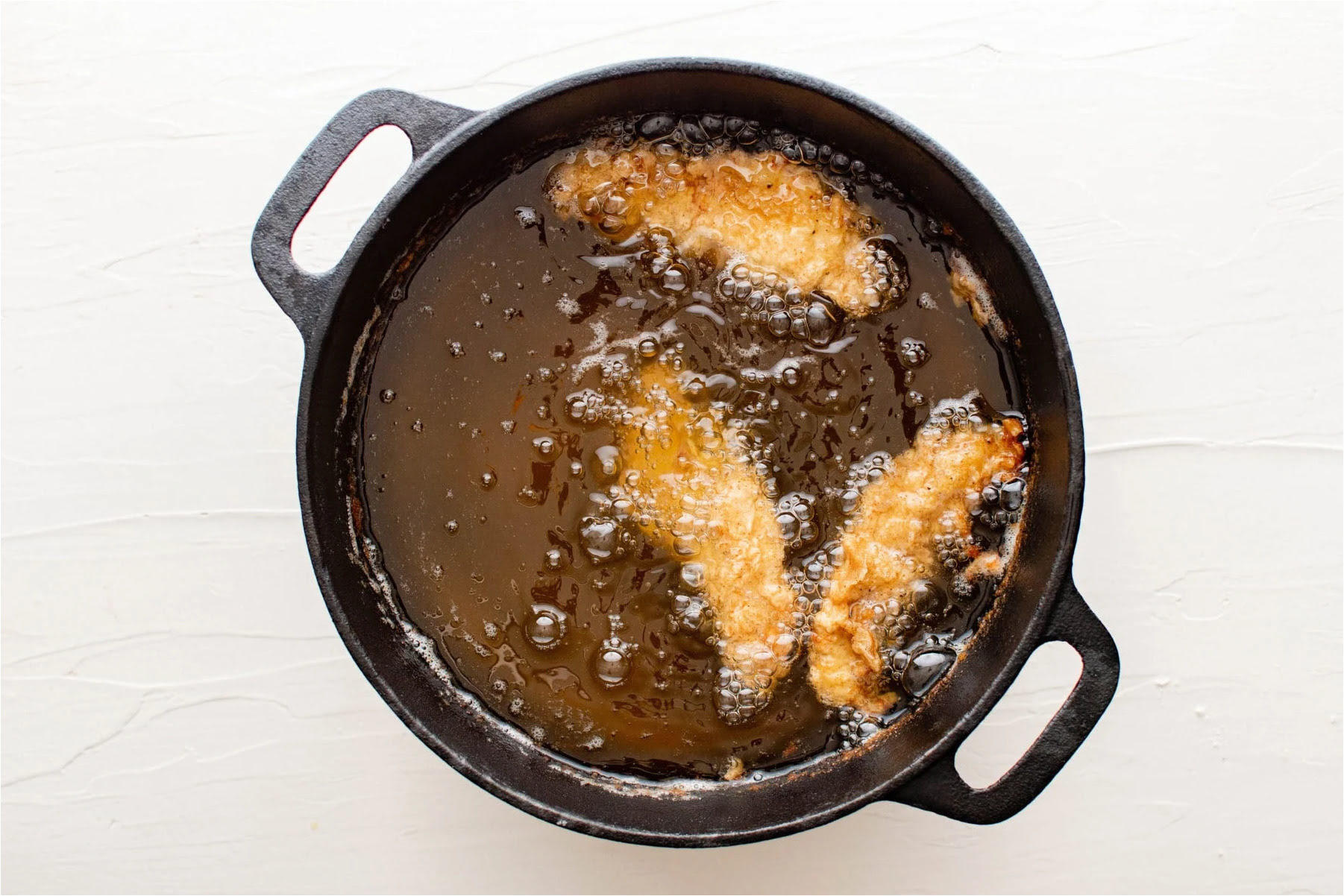
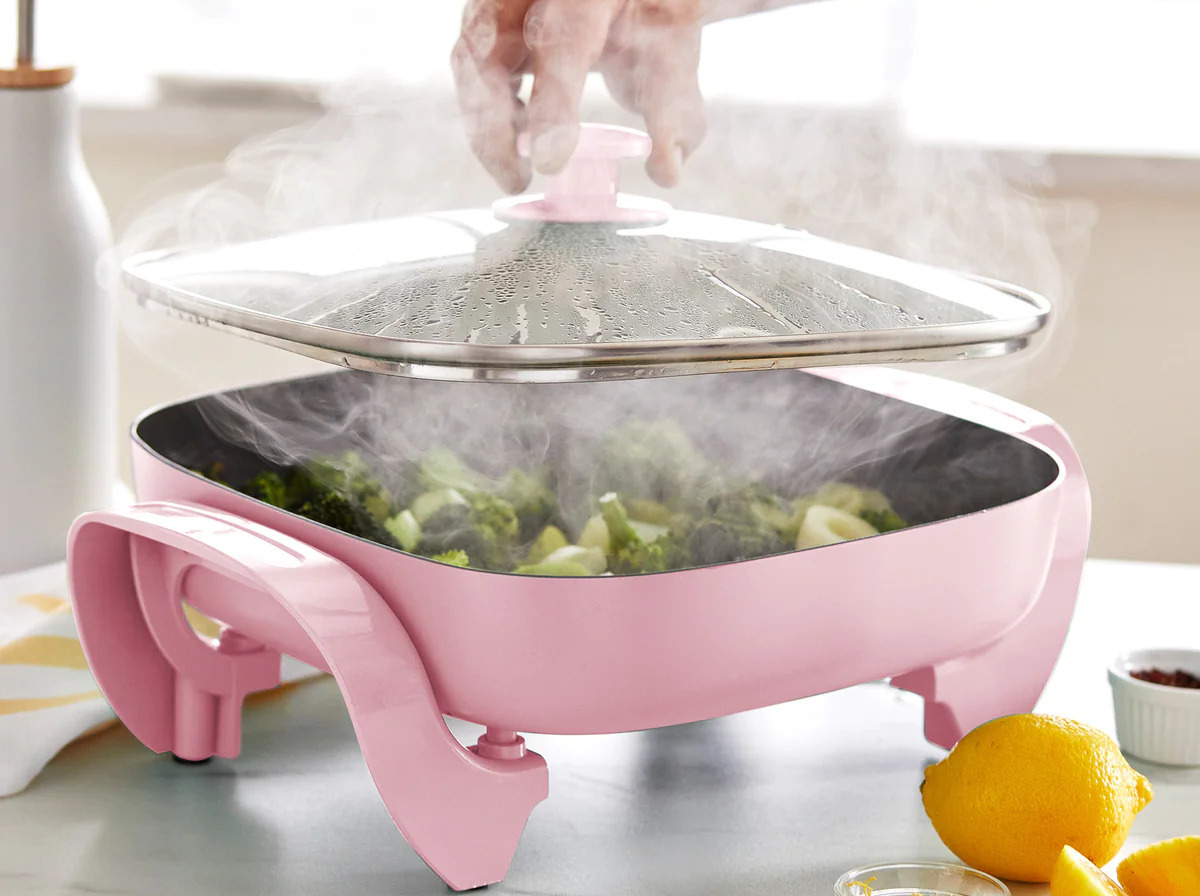
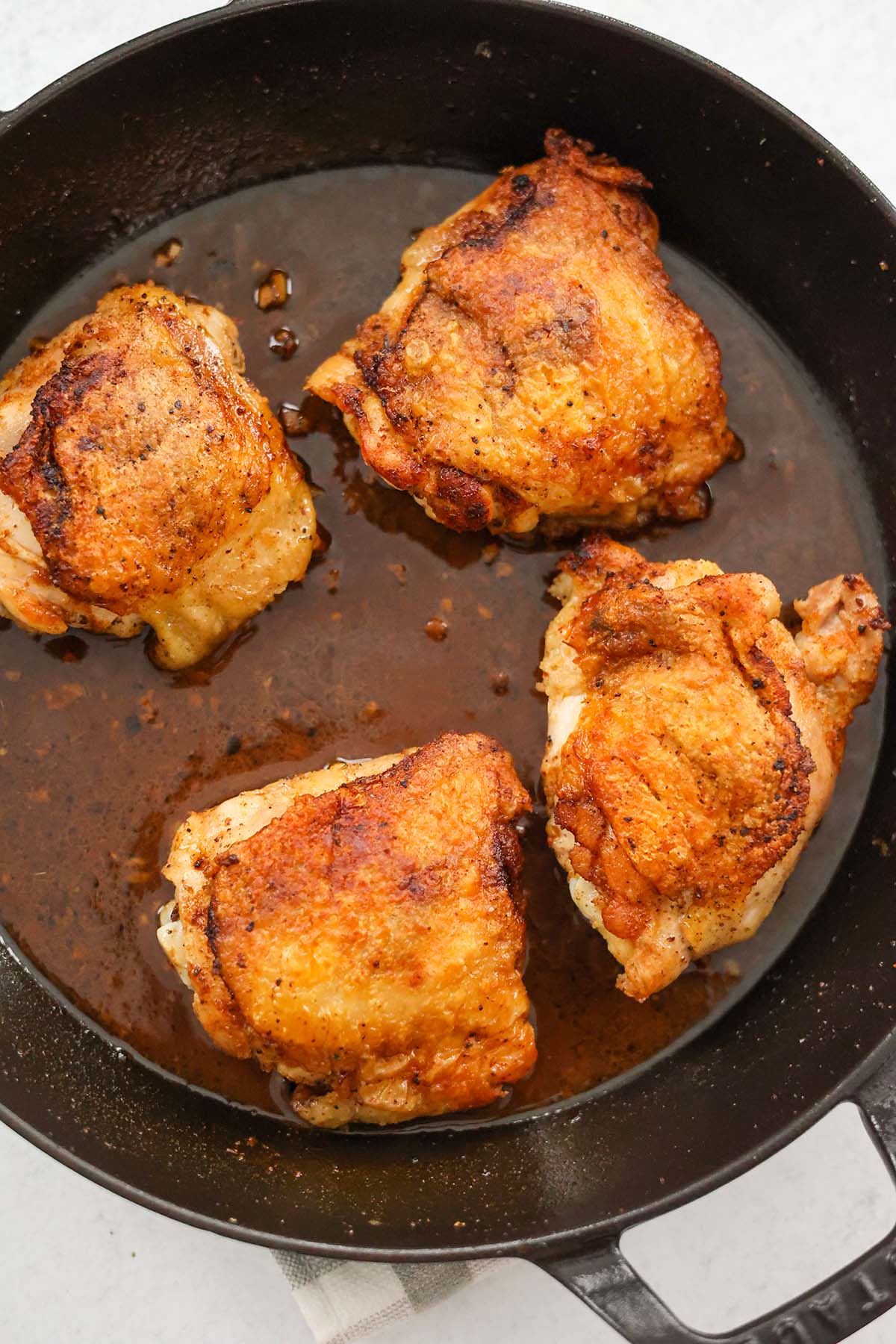
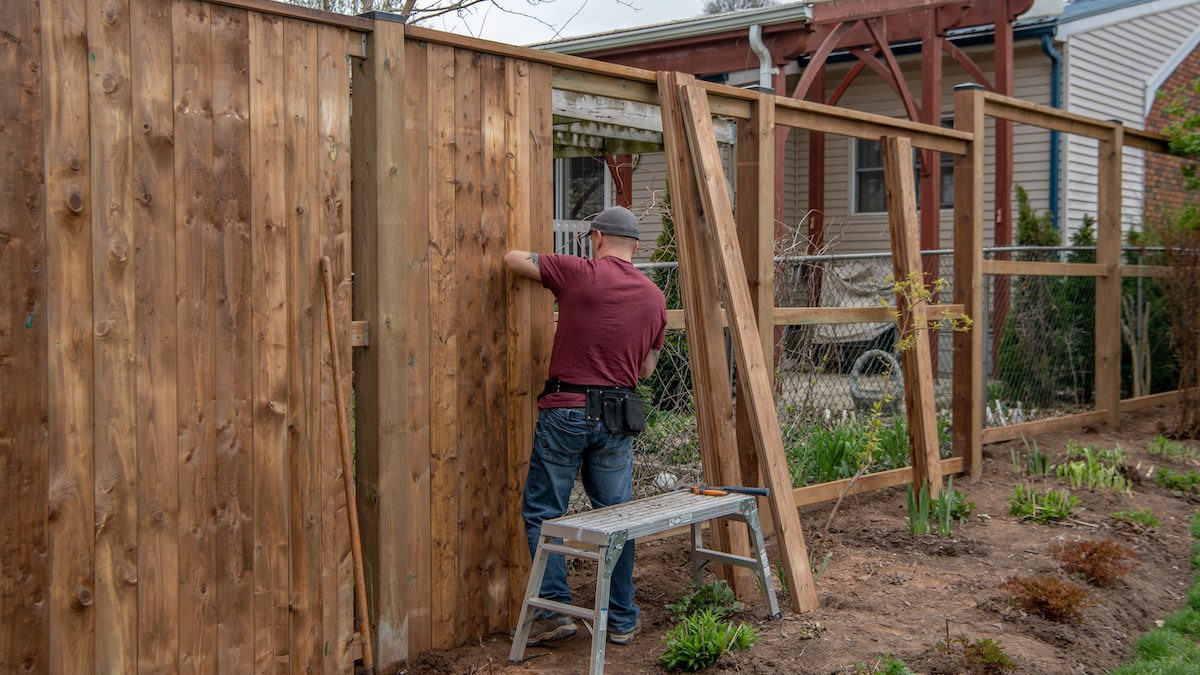
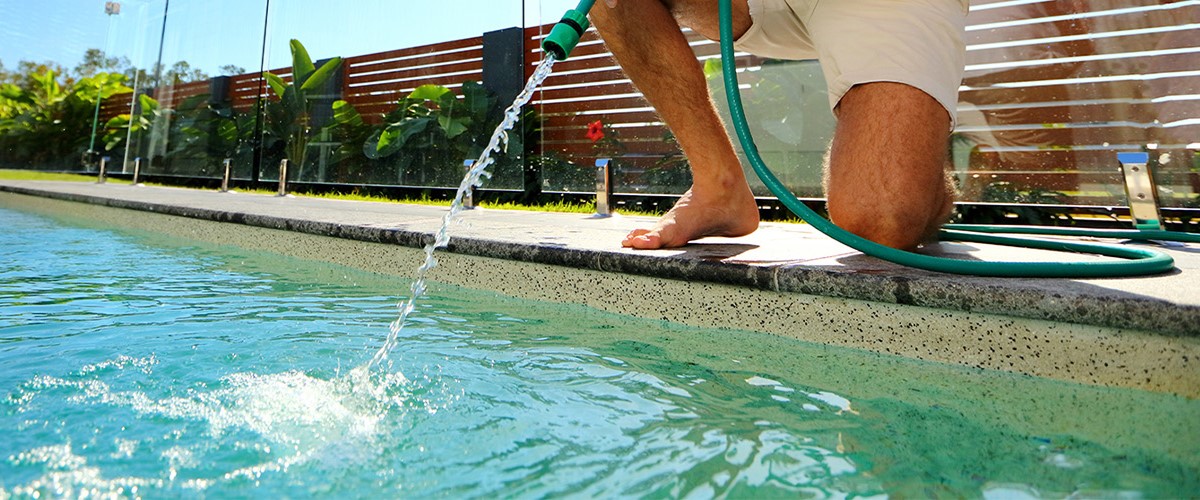
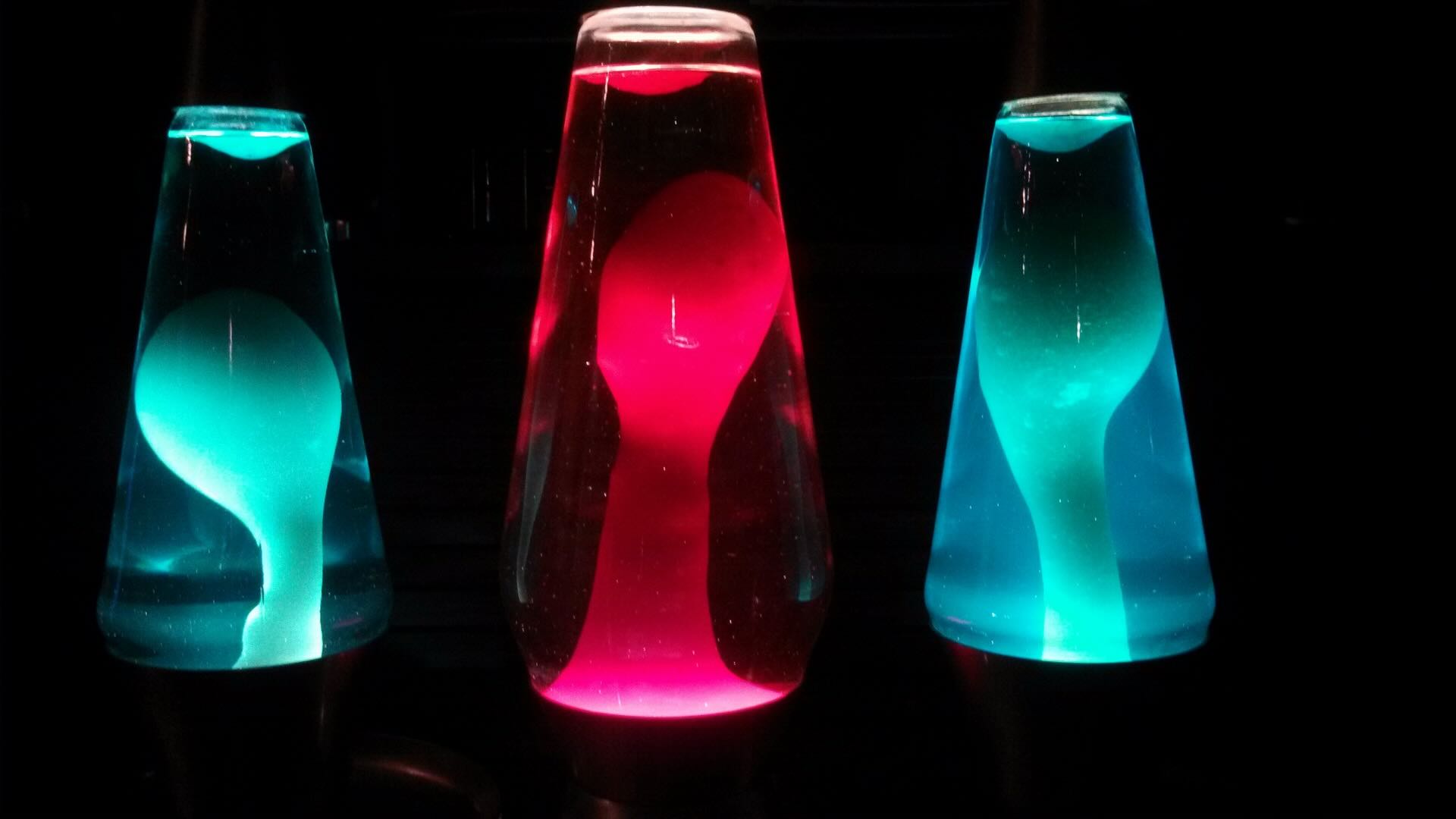

0 thoughts on “How Long Should It Take A Electric Skillet To Warm Up”